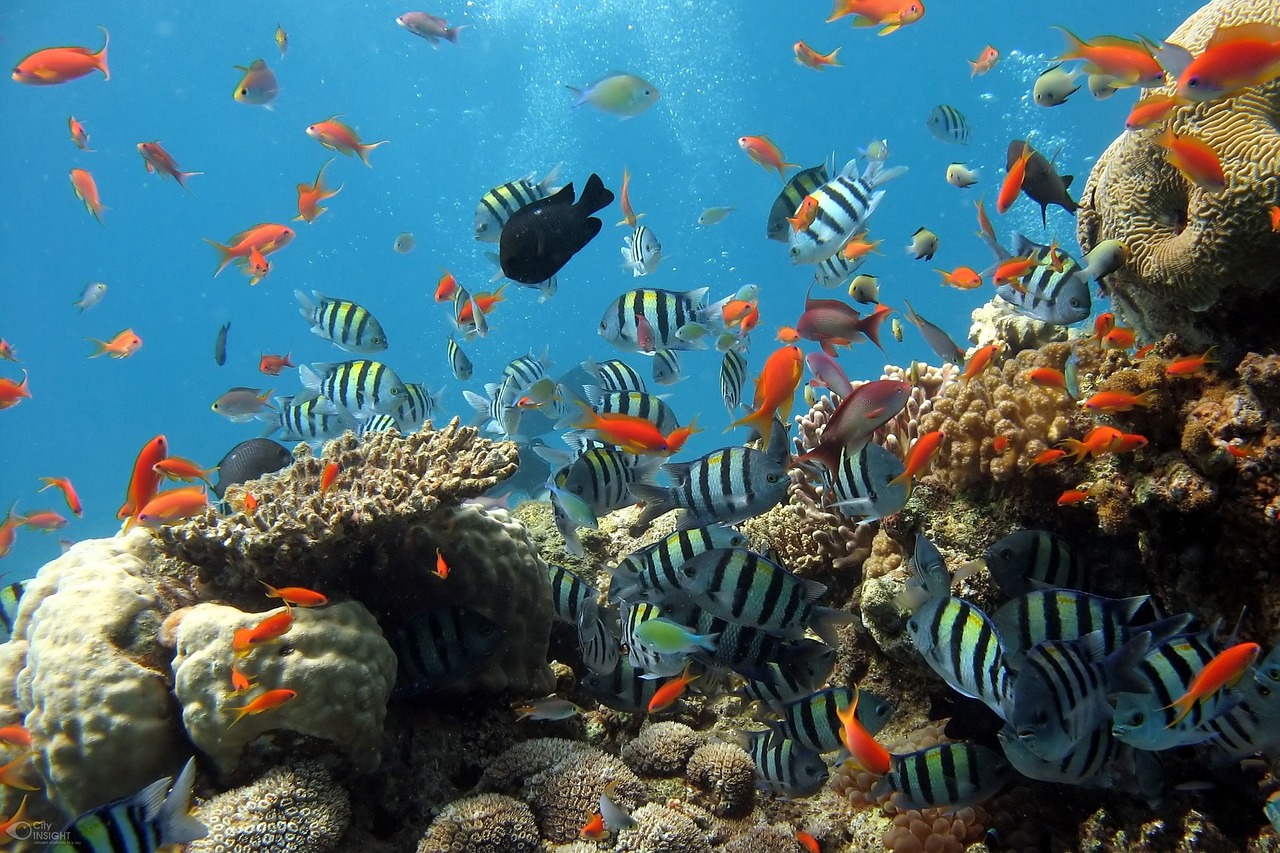Sunscreen is an essential tool for guarding our skin from dangerous UV radiation, reducing the threat of skin cancer and unseasonable aging. still, recent studies have raised enterprises about the implicit environmental impact of certain sunscreen constituents. As we strive to strike a balance between sun protection and ecological preservation, it’s pivotal to understand how sunscreen affects the terrain and explore indispensable options for a further sustainable future.

Chemical sunscreens frequently contain oxybenzone and octinoxate, which have been set up to harm coral reefs. When these constituents wash off our skin while swimming or during rain, they can accumulate in littoral areas and disrupt coral ecosystems. This section delves into the mischievous goods of chemical sunscreens on coral reefs, pressing the need for reef-safe druthers.
Piecemeal from coral reefs, and chemical sunscreen constituents can also have adverse goods on other submarine organisms such as fish, algae, and pets. The composition examines the impact of sunscreen pollution on water ecosystems and discusses the significance of considering indispensable sunscreen phrasings that are less dangerous to submarine life.
Certain mineral-grounded sunscreens contain nanoparticles of zinc oxide or titanium dioxide, which have raised enterprises about their implicit toxin to marine life. This section explores the current exploration of nanoparticle sunscreen and its goods on marine organisms, slipping light on the need for further studies and regulations in this area.

As the mindfulness of sunscreen’s environmental impact grows, consumers and manufacturers are seeking sustainable druthers. This section discusses arising trends similar to mineral-grounded sunscreens with larger flyspeck sizes, which reduce the threat of nanoparticle toxins. It also explores other eco-friendly options, including physical sun walls like UV-defensive apparel and natural constituents with sun-defensive parcels.
The composition concludes by addressing the part of regulations in mollifying the environmental impact of sunscreen. It examines the conduct taken by governments and associations to ban dangerous constituents and promote the use of reef-safe and environmentally friendly sunscreens. likewise, it emphasizes the significance of consumer education to make informed choices and contribute to a healthier terrain.

Sunscreen is a necessary tool for guarding our skin, but its impact on the terrain can not be overlooked. By understanding the environmental counteraccusations of sunscreen constituents and exploring sustainable druthers, we can strike a balance between sun protection and ecological preservation. Together, we can ensure that our choices guard both our health and the well-being of our earth.




